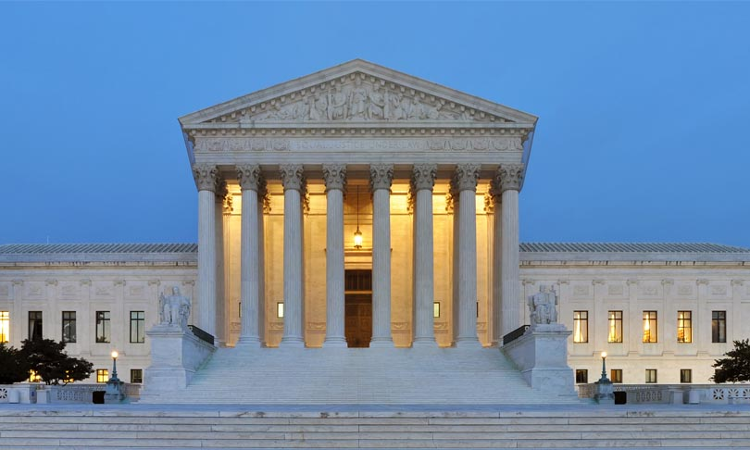Next Story
28 March 2024 1:15 PM IST
The U.S. Supreme Court is currently deliberating over a significant case concerning the regulation of mifepristone, commonly known as the abortion pill. The legal dispute before the Supreme Court stems from a lawsuit filed by the Alliance for Hippocratic Medicine (AHM) against the U.S. Food and Drug Administration (FDA). The AHM, representing medical professionals who oppose abortion...

